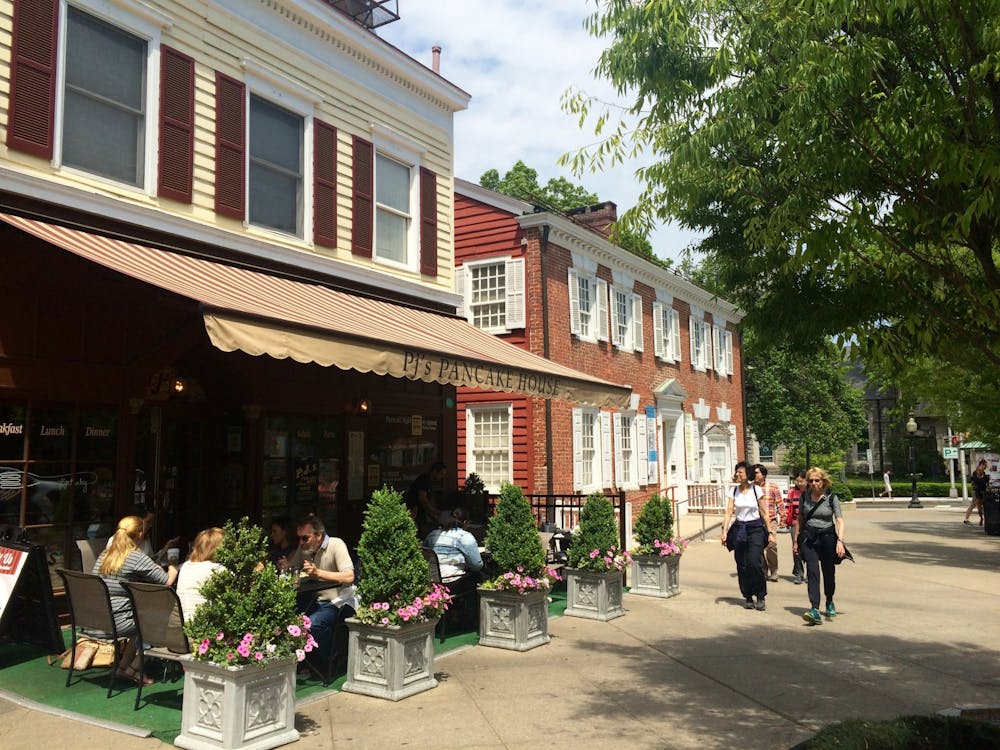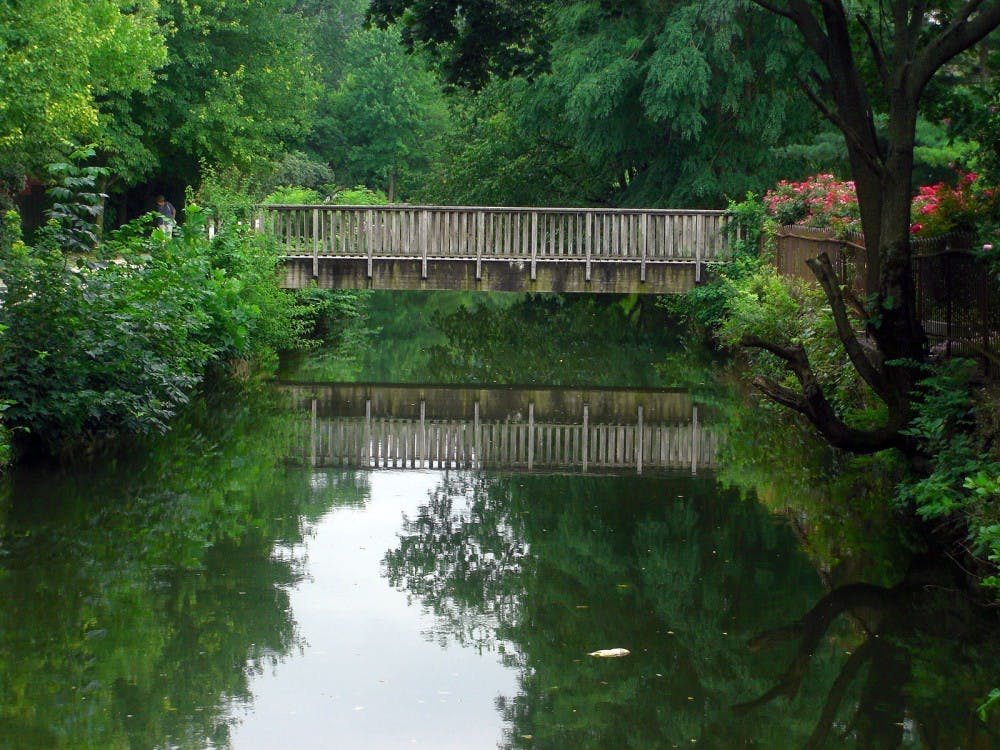We've all glanced wishfully at the course catalog, entertaining big ideas of a future in painting, dance or theater. When course selection rolls around, however, only a minority of Princeton students actually pursue courses in the visual and performing arts. This academic reality has become part of Princeton's image — we are known as a well-endowed, interdisciplinary, diverse, pluralistic institution with a gaping hole in our artistic endeavors. In the area of arts alone has Princeton supposedly allowed itself to slip relative to jealous stepsisters Harvard and Yale.
On Saturday, Jan. 21, 2006, everything changed. Peter Lewis '55 donated $101 million, the largest gift in Princeton's history, to fund the creative and performing arts. Since this epic donation, the University has announced plans for an interdisciplinary center for the creative and performing arts and the construction of a new arts complex. Paul Muldoon, Pulitzer Prizewinning poet and humanities professor, was recently appointed the center's inaugural chair.
A donation of this size will undoubtedly change the ways Princeton students live on campus, the ways we interact with the arts and the careers we follow after Princeton. We must take a minute, however, before our paintbrushes touch canvas, before the curtain rises, to investigate where our arts programs fit in at Princeton today, where they are going and how Lewis' generous gift is really going to change the identity of our University.
The interdisciplinary nature of the new center, while undoubtedly offering opportunities, inherently brings obstacles. Debra Singer '89, the executive director and chief curator of The Kitchen, an experimental, multidisciplinary arts center in New York, is enthusiastic about the arts expansion initiative. But she cautions that bringing together a variety of artistic disciplines requires sagacious administration and dedicated staff.
"Different disciplines within the arts are quite distinct, so you need experts in each of the fields," Singer said. "I'm not always curating everything, but rather curating the curators." Muldoon will need creativity and patience to carefully weave together the needs of the different departments.
Another hurdle to be jumped by the new center will be forging a connection between the University and the Princeton community. Many Princeton alums recall the exile of the arts to 185 Nassau, an old high school on the edge of campus. It was a shift that sent a definitive message. Now, we are creating a hub for our arts initiative, with resources that community members, too, can take advantage of. We are symbolically reaching out to the art world beyond campus.
Princeton has been blessed by Lewis' generous gift, and we must use ingenuity to make our expanding program worth the hype.
"It is extremely important which professors and artists become the new teachers," said Singer. "Within the visual arts, there is a broad range of practice, and it important that people are teaching a broader range. Princeton students will have the world at their fingertips."







